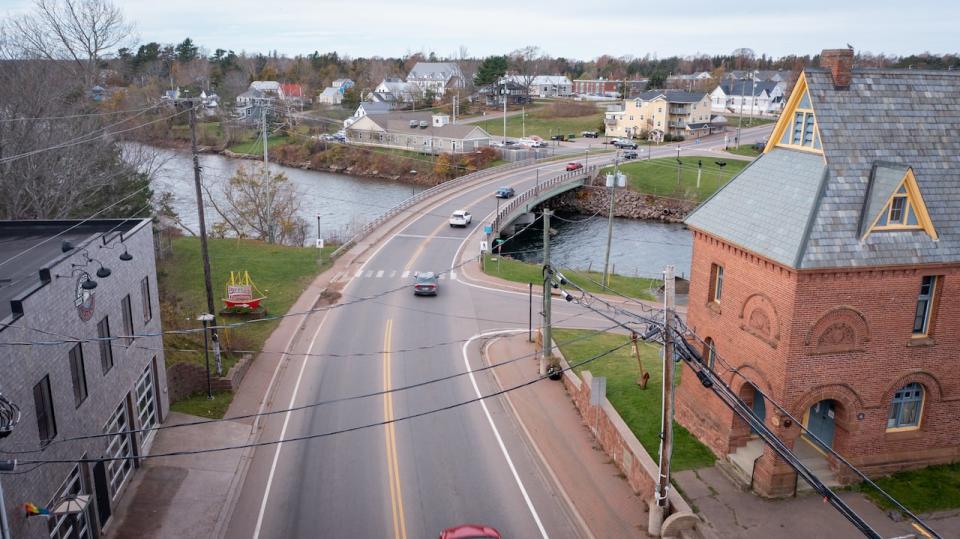Opinions on P.E.I.'s unofficial boundaries are all over the map
This story is from this week's episode of the CBC podcast Good Question, P.E.I. Listen here.
Good Question, P.E.I. is available on the CBC Listen app, or wherever you get your podcasts.
Officially, Prince Edward Island has three counties: Kings, Queens and Prince (without an s, but more on that later).
Unofficially, there are several more regions within those counties. West Prince (or simply "up west"), East Prince, down east, up east, out east, north shore, south shore, the list goes on.
But you won't see those lines drawn on a map. Pity the poor cartographer who even tries, because, as we discovered on this week's episode of the Good News, P.E.I., podcast, those lines would be blurry at best.
Where, for example, does East Prince become West Prince? Anyone?
"I think in Miscouche," said renowned P.E.I. historian Ed MacDonald, who is from down east. Trust us on that.
"In my mind, once you cross through the curtain in Miscouche there, you know, you get into West Prince, you know, the bullrush curtain, as they call it."
Um, no, said Cody MacKay, a CBC producer and former history student of MacDonald: "West Prince is going to go bonkers on that one."
MacKay, who is from Summerside, said he feels like he's in West Prince when he passes the Richmond Dairy Bar. But geographically, the logical point is a few kilometres further down (or up?) the road.
"It's the elbow, which is like Portage, because there's a pinch in the map," said MacKay. "But I'm not an expert. My wife says it starts at Tyne Valley."
The same discussion could be had in Kings County, where the locals say there is an up east and down east, but nobody is really sure where they diverge. Dundas? Dingwells Mills? Buffaloland?
There is an argument to be made for Montague. Its shopping mall is called the Downeast Mall, after all.
But we digress. The original question posed by our podcast listener, David Gallant of Summerside, was about how the three counties got their name.

The answer dates back to 1763, when Great Britain acquired the colony from the French, according to historian MacDonald. Samuel Holland, who served in the British army, named the counties after the Royal Family — Kings, Queens and Prince. The first two were sometimes spelled King's and Queen's, but in recent times have settled into an apostrophe-free state.
Which brings us back to why there is no "s" in Prince County, as there are with the others.
"I suspect that when we say the county names out loud, that would explain why there's no apostrophe," MacDonald said.
"Princes County sounds suspiciously like Princess County, and the Prince of Wales, who was quite a womanizer, would probably have been offended."
Almost as offended as someone saying West Prince starts at Miscouche.
Have a question for an episode? Good Question, P.E.I. wants to hear from you!
Email goodquestionpei@cbc.ca or call our Talkback line at 1-800-680-1898.
More stories from the Good Question, P.E.I. podcast:


